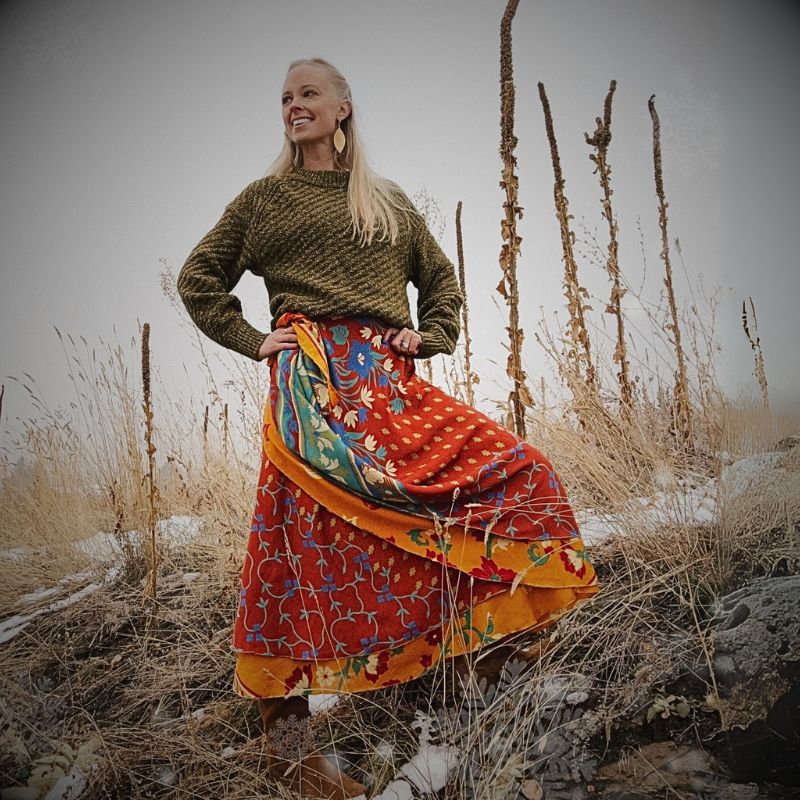Written by Alyssa Scott
Do you remember the feeling of walking into high school geometry class? I remember having a teacher whom not too many other students liked. But she was perfectly pleasant– as long as you did your homework! Many teenagers in the math hallway could be overheard bemoaning the impracticality of math classes, wondering when they would ever use this information in the “real world.” Well much to the delight of math teachers everywhere, that high school geometry class is going to come very handy for this next project!
In fact the technique we’ll be using here is a foundational skill that can be translated into as many projects as you can imagine.Before we begin our lunar masterpiece, we first have to return to that geometry class to familiarize ourselves with the irrational little number known as pi. Pi represents a mathematical constant that is the ratio of the circumference of a circle to its diameter. So theoretically, pi encompasses a never ending string of decimal places. Because the ratio pi represents is constant regardless of the size of the circle; when we apply the theory of pi to our knitting, we (theoretically) have the ability to create a flat circle that can grow infinitely large!
Folding this knit circle (of moderate size) in half is the technique we will use to create our Crescent Moon Plush. Though the math sounds complicated, the knitting is much easier– I promise! The trick here is that as the radius from the center of the circle doubles, so should the stitch count. Try out the tutorial below to add this useful skill to your knitting tool belt and create a cute plush all at once. See how easy it is to get the hang of this technique.
What You'll Need!
Darn Good Yarn's sport weight silk yarn
2 pairs of 3 mm double pointed knitting needles
3 mm crochet hook
Stuffing
Getting Started
As the center of the circular knitting project is quite small, we will begin with a set of double pointed needles. We also need to cast on with care so that we do not later end up with a nice large belly button on our orb of the night. There are many different techniques to achieve this effect. I used a bit of my crochet skills to get started with a crochet cast on using a magic loop.

Then I transferred the stitches onto double pointed needles and cinched up the magic loop

Knit one round plain
Then comes our first increase round. You’ll want to double the amount of stitches cast on. So here I end up with 16 sts. I’m using a lifted increase here in order to keep the fabric fairly plain. NOTE: You can use different methods for increasing as a design element to add texture or lace to your circular projects.
The written pattern for this process looks a little something like this:
Cast on 8 sts
Row 1: K around.
Row 2: Inc around (16 sts)
Row 3 - 4: K around.
Row 5: Inc around (32 sts)
Row 6 - 10: K around.
Row 11: Inc around (64 sts)
Row 12 - 20: K around.
Simply continue the pattern, doubling the circumference as the diameter doubles and you should be able to work a flat circle very simply. This technique can be used to create shawls, table cloths, amigurumi, or any project that could utilize a flat circle!

I say “should” here because as you can see, my circle turned out anything but flat! This “circle” will still work to create my moon project, but it’s not exactly the result I was aiming for. Do you have any guesses as to why this happened? Because I missed one integral step in this process, I was so excited to cast on for this project that I neglected to make a gauge swatch!
When swatching for your circular projects, you’ll want to create a swatch in the round and work with the same type of needles you intend to work the real project on. Knit a swatch and work out your gauge measurements. Using those measurements you can calculate how many rows to knit before working an increase round.

To finish, sew your crescent moon shut, stuffing it before fully sewing shut.

Alyssa began working at Darn Good Yarn in the spring of 2021. She has been knitting and crocheting as a hobby since childhood. Alyssa graduated from SUNY Plattsburgh with a Bachelor of Arts in Political Science and Gender and Women’s Studies, with a minor in Social Justice
 Rewards
Rewards




















